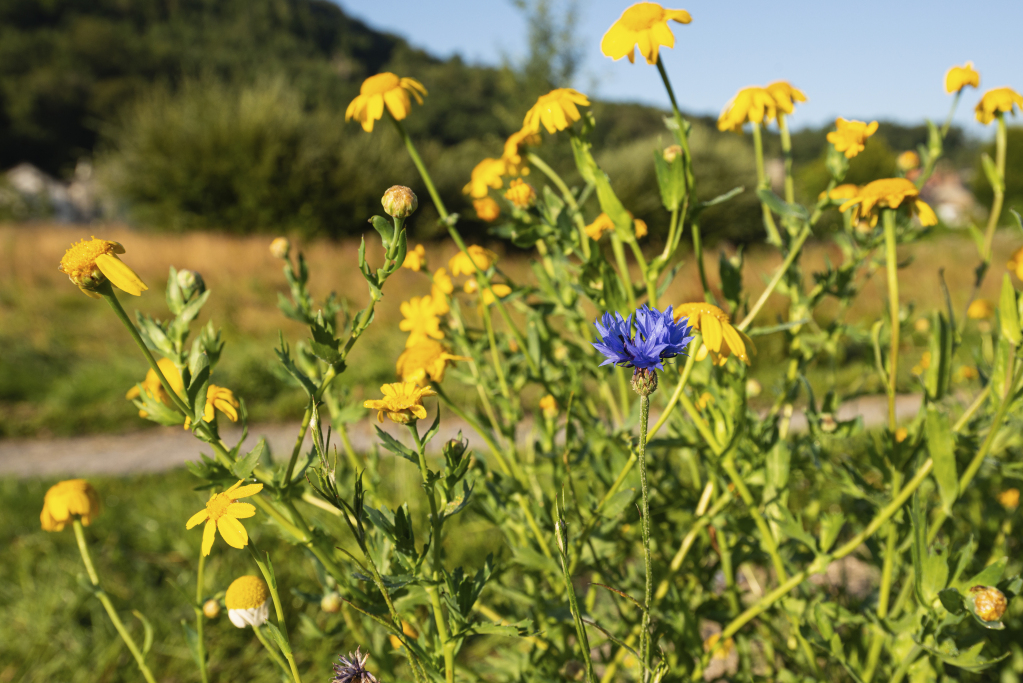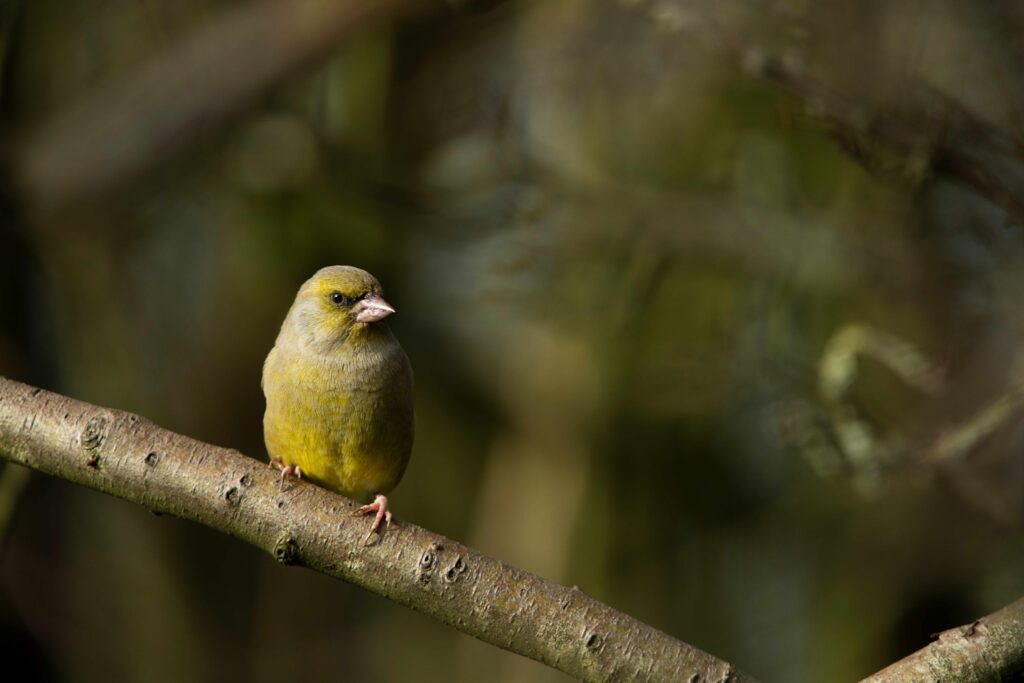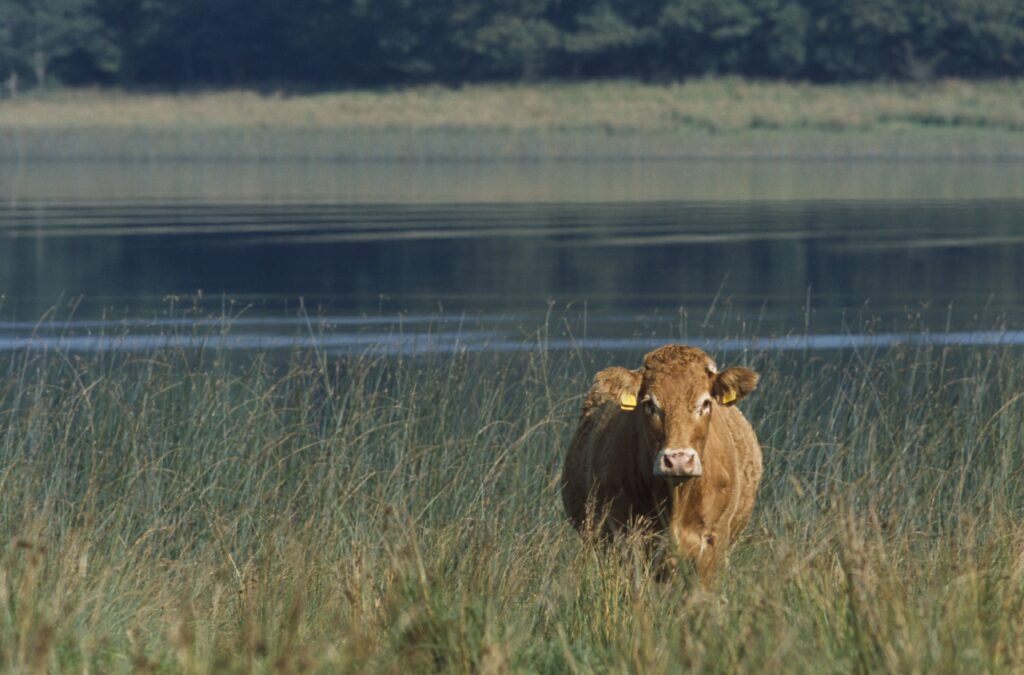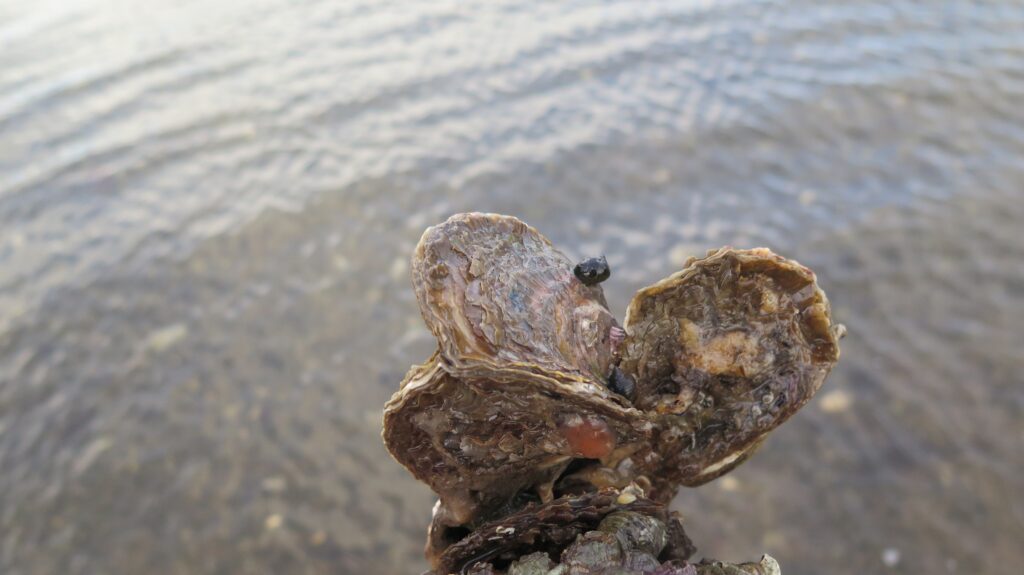
Nature in decline
State of Nature 2023 shows that Northern Ireland is now one of the most nature-depleted countries in the world with 12% of species assessed, threatened with extinction. These include rare species such as Basking Shark, Freshwater Pearl Mussel and Irish Damselfly.
Since 1999, the number of species on the Birds of Conservation Concern in Ireland Red List has tripled from 18 to 54 species.
Over the last two decades, these reviews have documented the declining status of Ireland’s bird populations.

“UNDERSTANDing the state of nature is a vital platform for change and is the starting point for tackling losses.”
14% decline in flowering plants
Northern Irelands plants are being found in fewer places: since 1970, 891 flowering plant species declined by 14% on average. Northern Ireland’s bryophytes (mosses, liverworts and hornworts) have declined on average by more than half (54%).
One important pressure on plants in Northern Ireland is high levels of nitrogenous air pollution. Out of the UK countries, Northern Ireland has the greatest percentage of nitrogen-sensitive habitats experiencing damaging levels of ammonia, and these levels continue to rise. Most current ammonia emissions from Northern Ireland result from agriculture and are damaging to the environment.


Declining birds
Across all 64 breeding birds assessed, species’ abundance had declined on average by 10%.
The numbers of 17 farmland bird species have on average fallen by 43% across Northern Ireland since 1996 including much-loved species such as Greenfinch and Linnet.
Woodland birds have also declined, in particular over the last ten years where they have declined on average by 18%. For wintering waterbirds, there has been an average 30% decline since 1988.
Reasons for decline
The main causes of these declines are clear, as are some of the ways in which we can reduce impacts and help struggling species.
The evidence from the last 50 years shows that on land and in freshwater, significant and ongoing changes in the way we manage our land for agriculture and the ongoing effects of climate change are having the biggest impacts on our wildlife.
At sea, and around our coasts, the main pressures on nature are climate change, marine development and unsustainable fishing.


Conservation success
The report also reveals that communities, conservation projects and legislation can have a positive impact on nature and the wider environment.
In Northern Ireland, Oyster numbers crashed during the late 19th or early 20th century, with only a small wild population remaining in Strangford Lough. Installation of Northern Ireland’s first Native Oyster nurseries will reproduce and release the next generation of oyster larvae to settle out on the seabed.
Farmers are helping Corncrake return to Rathlin Island after having gone extinct. Now there are four regular calling males thanks to the implementation of nature-friendly farming practices to encourage successful nesting.
Explore all countries
There are ways you can help nature
Producing the State of Nature report was only possible due to thousands of volunteers giving up their time to help record and monitor wildlife. There are a number of schemes which need more help.
You can count wildlife with these organisations:
State of Nature partners welcome volunteers to help with a wide range of tasks from managing nature reserves to answering the phone. Whatever your skills, you could help nature by volunteering your time and support.
Volunteers are always welcome with the organisations below:
From bats to butterflies, nature needs your help. Manage your space for wildlife, whether it’s in your garden, house, window box, school or office you can help nature thrive.
These are some of the organisations with great ideas for your green space:
From protecting important sites for wildlife to defending the laws that protect nature you can make your views count.


















